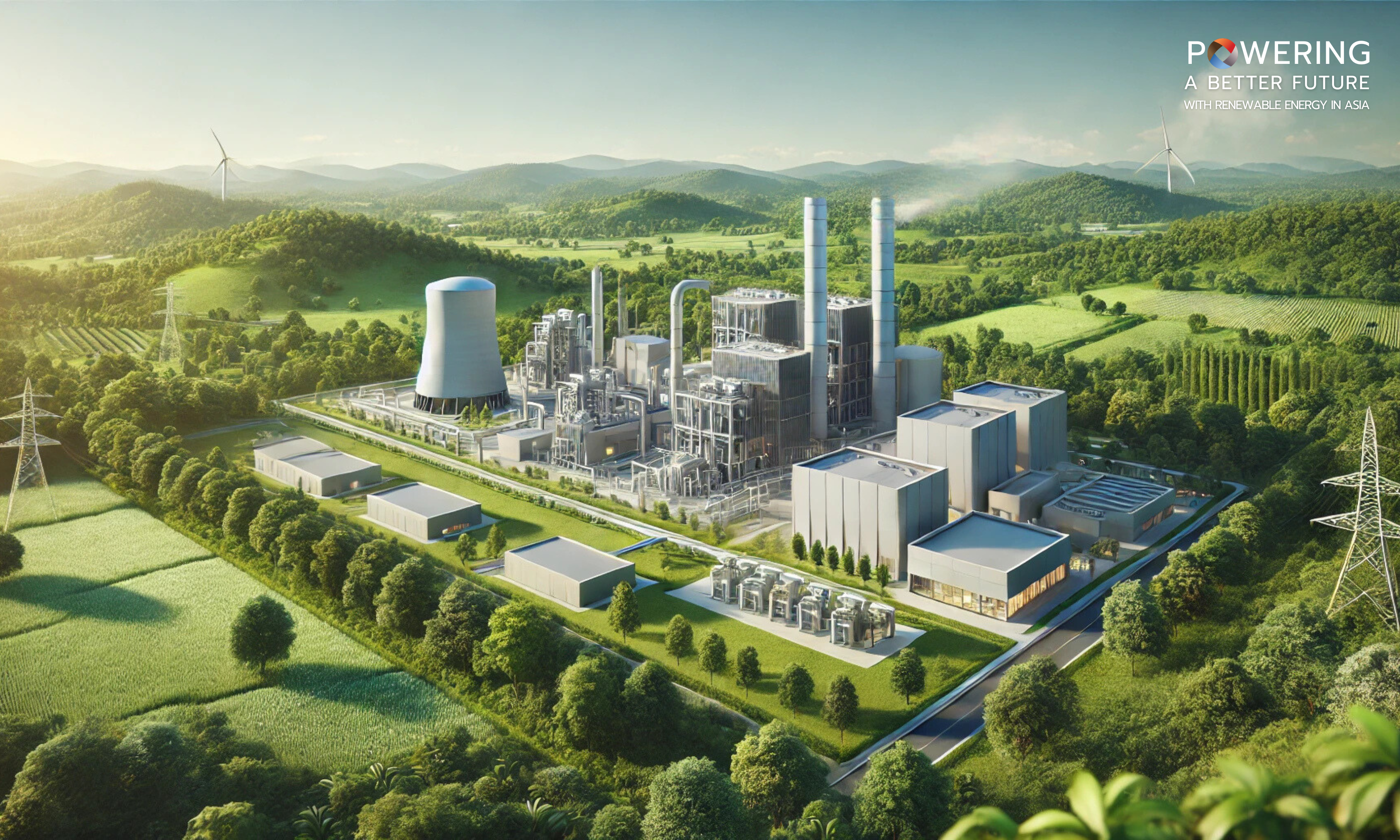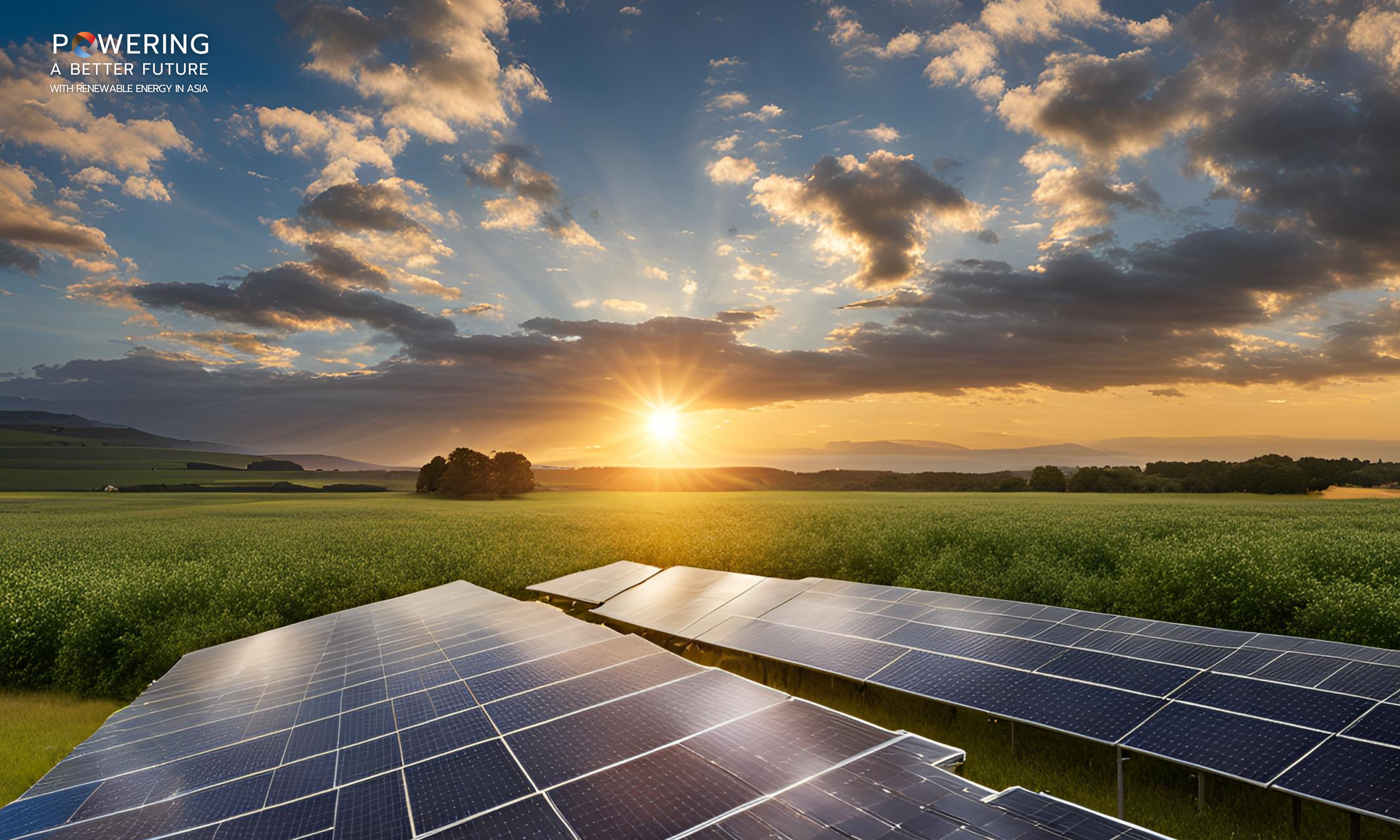Articles
Biomass Power Plants: Transforming Waste Materials into Sustainable Clean Energy
31 October 2024

Biomass energy is another renewable energy source that has garnered attention due to the global shift towards sustainable clean energy. As our planet faces climate change, the use of biomass energy has become an alternative to reduce dependence on fossil fuels. It also helps minimize agricultural waste, which can be used as biomass raw materials such as wood chips, bagasse, corn stalks, and other agricultural residues.
What is a Biomass Power Plant?
Biomass power plants produce energy from biomass materials such as wood chips, bagasse, agricultural waste, and other agricultural residues. These materials are converted into electricity through processes suited to the type of biomass, such as combustion and gasification
By utilizing biomass waste materials as raw materials for energy production, biomass power plants create new value from otherwise discarded natural resources. This not only helps manage agricultural waste within communities but also generates additional income for farmers. Furthermore, biomass power plants reduce environmental impact and promote community and social strength effectively.
Biomass Electricity Generation Process
Biomass power plants generate energy by converting various biomass materials into fuel. These materials can range from natural sources to agricultural waste and residues such as wood chips and branches, bagasse and molasses, and plant residues.
Biomass energy production involves collecting and preparing various biomass materials for energy generation through appropriate processes. The main processes used to create electricity from biomass are:
Direct Combustion
This process involves burning biomass materials such as wood chips, bagasse, or plant residues to produce heat. This heat is then used to generate steam, which drives a steam turbine to produce electricity. This method is ideal for biomass with low moisture content.
Gasification
This process converts biomass into fuel gas or biogas, which contains carbon monoxide (CO), hydrogen (H₂), and methane (CH₄). The biogas can be combusted to produce heat, used in gas turbines, or serve as fuel for electricity generation.
Biomass Power Plants and Community Enhancement
Biomass power plants play a crucial role in not only reducing dependence on limited fossil fuel resources but also in managing agricultural waste, creating job opportunities, and generating income for local communities. Moreover, these plants enhance the local economy by promoting agricultural waste management within communities, employing local personnel to supply biomass materials, and purchasing agricultural residues and waste from the communities.
Currently, biomass power plants face certain limitations, including high initial investment costs, and the seasonal and climatic variability in sourcing biomass materials. These challenges encompass the responsibility of managing environmental impacts in the areas surrounding the power plant by reducing pollution and mitigating the effects of combustion, fermentation, and other energy production processes.
Despite these challenges, biomass power plants remain a clean energy alternative that can meet energy demands for both the present and future. They promote sustainability and contribute to the long-term resilience of surrounding communities.
Sermsang Power Corporation’s Biomass Power Plant Project
Currently, Sermsang Power Corporation Public Company Limited has developed and operated one biomass power project in Thailand. This project has an installed capacity of 9.9 MW. The biomass power plant generates electricity using wood chips, eucalyptus bark, and agricultural residues as fuel.
Source:
Egat
GPSC
NPS





